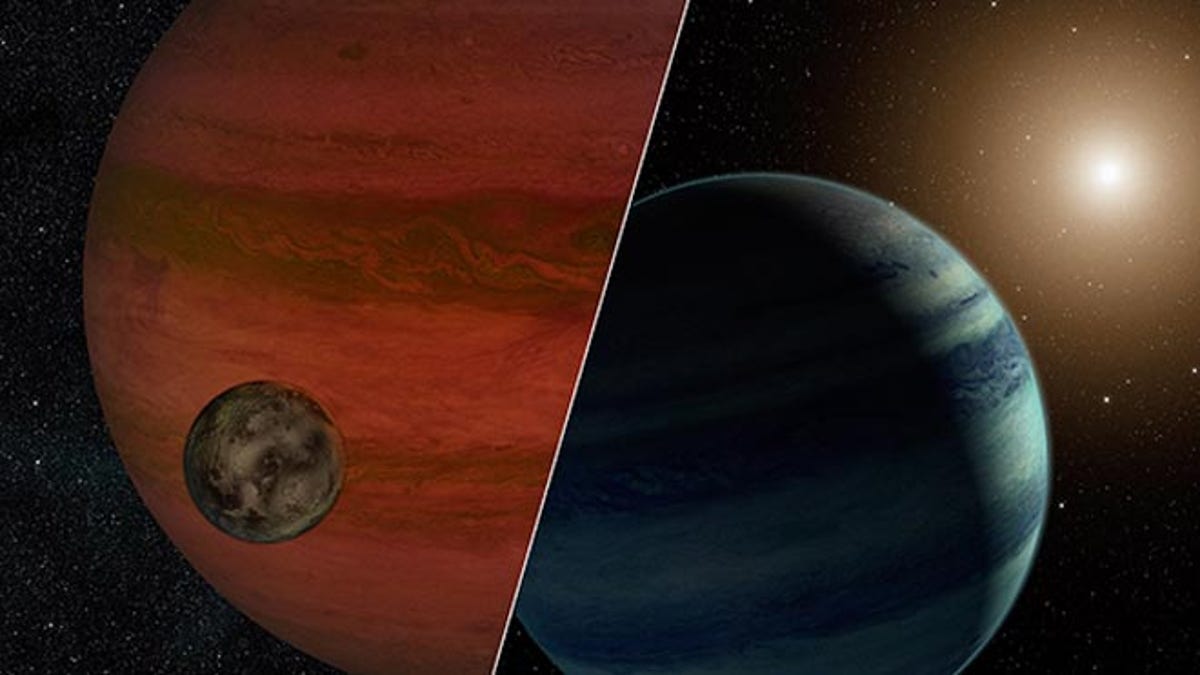
Researchers have detected the first "exomoon" candidate -- a moon orbiting a planet that lies outside our solar system (NASA-JPL Caltech)
NASA-funded researchers say they have spotted the first signs of what could be an “exomoon” – a moon orbiting a planet outside our solar system – after witnessing a chance encounter between objects in our galaxy.
“We won’t have a chance to observe the exomoon candidate again,” said David Bennett of the University of Notre Dame, Ind., the lead author of a new paper on the findings that will be featured in the Astrophysical Journal. “But we can expect more unexpected finds like this.”
The possible exomoon was discovered during a study by the joint Japan-New Zealand-American Microlensing Observations in Astrophysics and the Probing Lensing Anomalies NETwork (PLANET) programs, using telescopes based in New Zealand and Tasmania.
In the study, researchers used a technique called gravitational microlensing, where stars can be analyzed as one passes in front of a more distant star.
In this instance, astronomers observed two objects close together simultaneously passing in front of a far away star.
“The ratio of the larger body to its smaller companion is 2,000 to 1,” NASA’s Jet Propulsion Laboratory at the California Institute of Technology said in a statement. “That means the pair could be either a small, faint star circled by a planet about 18 times the mass of Earth -- or a planet more massive than Jupiter coupled with a moon weighing less than Earth.”
Since the chance encounter can only be observed once, researchers are uncertain as to which scenario is the case.
“One possibility is for the lensing system to be a planet and its moon, which if true, would be a spectacular discovery of a totally new type of system,” said Wes Traub, the chief scientist for NASA’s Exoplanet Exploration Program office at NASA’s Jet Propulsion Laboratory.
If one of the objects is an exomoon, it could be orbiting a planet that was ejected from the confines of another planetary system, while keeping its companion moon in tow, the lab says.
To date, astronomers have discovered more than 1,700 alien planets, but they have yet to find an exomoon, according to Space.com.
